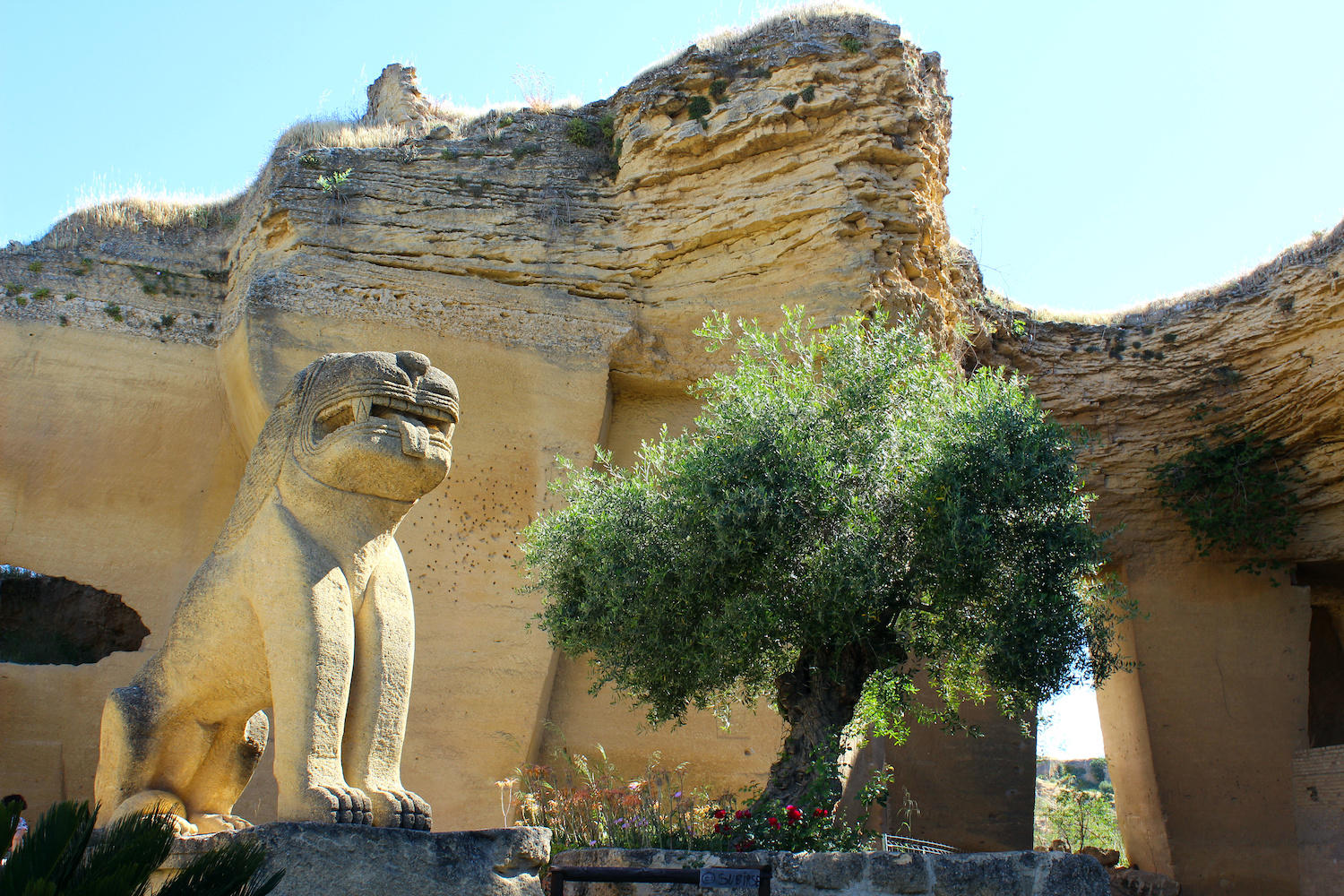When deciding to visit Spain, don’t forget to include the town of Osuna on your ‘to see’ list. Since 2015, this town has been attracting thousands of tourists – after becoming the film set of the popular Game of Thrones series. This is not the only reason to visit Osuna.
Ancient past
More than 3,000 years ago, the town bore a slightly different name – Urso. After winning a battle against Julius Caesar’s Roman army, in 44-43 BC, the famous Mark Antony decided to establish a colony of Roman veterans – known as Colonia Iulia Genetiva – on the site. You will learn about this important historical moment from the material on display at the National Archaeological Museum in Madrid.
After Roman times, the name of the town was changed to Colonia Genetiva Urbanorum Urso. Another change was made when the Arabs ruled the area – then, instead of Urso, the town was titled Oxona. In 1239. – after the Christian army occupied the area – the name was transformed into the Spanish-language version – Osun. One local legend suggests that it derives from the bears that are said to have been found in the area.
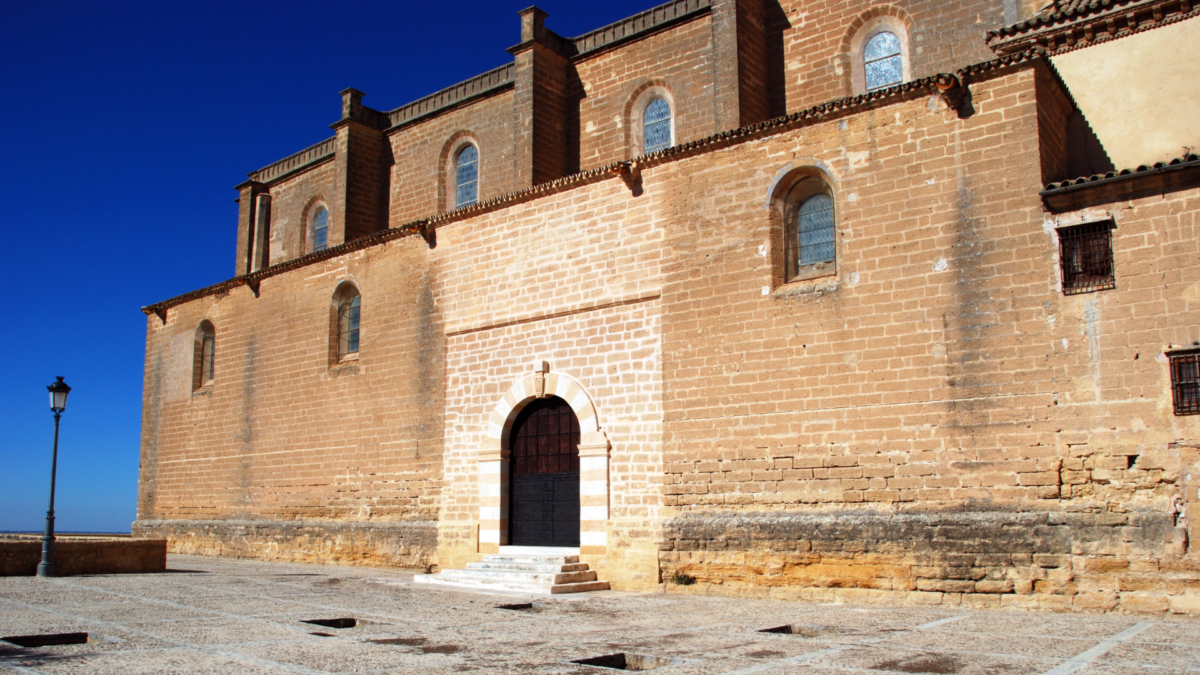
Exploring Osuna
Osuna is located not far from Seville. It is worth starting your visit with the Plaza Mayor – one of the most characteristic places in the city – located in the historic and monumental centre, at the foot of the Colle sul Quale Sirge la Collegiata di Santa Maria and in the square where the most important streets converge. A fountain is located at the heart of the square and the pavement is designed in the form of a cross that divides the central pedestrian space into four symmetrical sections.
One of the buildings you should definitely see in Osuna is the university. Construction was commissioned by Don Juan Téllez Girón, described as the founder of the university. Built in the 16th century, it opened its doors to students in 1548. At first, students were trained in theology, science and medicine.
The University of Osuna was founded by a bull of Pope Paul III and was on a par with the universities of Alcalá de Henares, Bologna or Salamanca. Cervantes, whose grandfather served as corregidor at Osuna, wrote about this university. Interestingly, he mentions the university three times in his writings, but never in a positive way.
While you’re in the area, be sure to take a look at the Monasterio de la Encarnación, which is located right next to the university. This place will especially attract art lovers. Today, the building also houses the Osuna Museum of Religious Art. The building has a rich history. The monastery was founded in 1549 as a hospital, only to change its purpose in the following century and become a Jesuit college.
Particularly interesting was the fate of the building after 1626. At that time, on the initiative of Princess Osuna, another religious congregation was placed there – the mercenary monks. The clergy belonged to a larger structure – the Order of the Blessed Virgin Mary of Mercy. This is a mendicant order under papal law, whose original task was to work to ransom enslaved Christians held by Arab pirates.
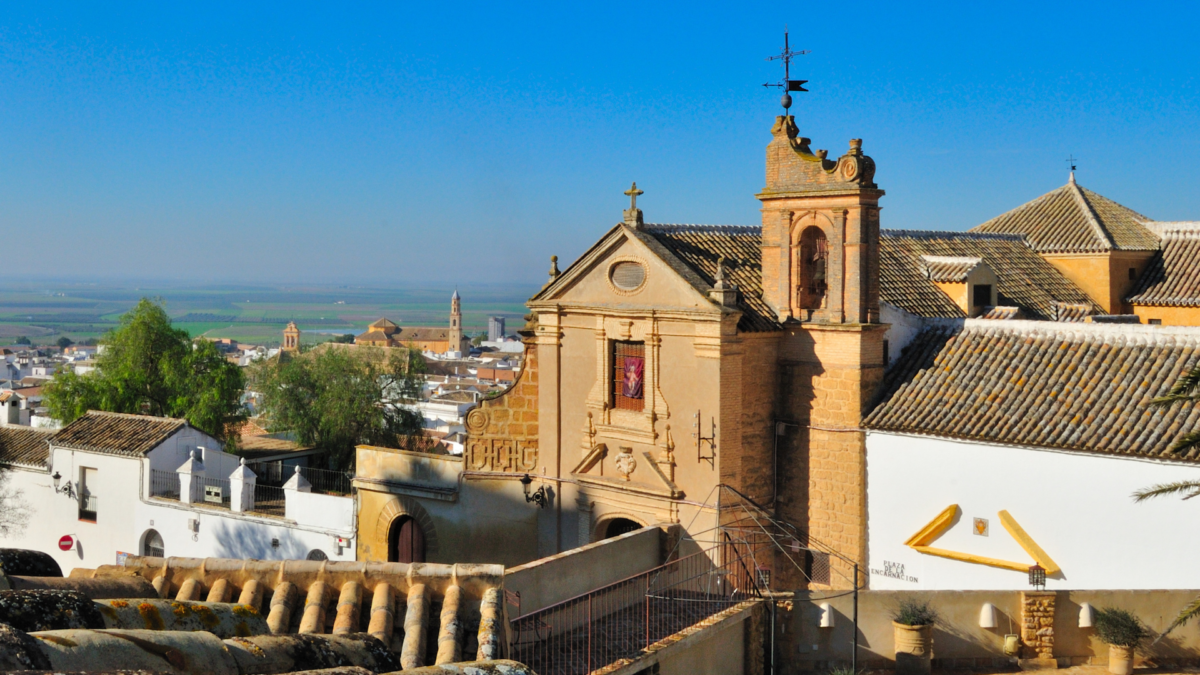
Visit the Petra of Andalusia
Osuna’s greatest delight, however, is El Coto de las Canteras, known as the Petra of Andalusia. It is an ancient quarry that dates back more than 2,500 years. The building material from it was quarried by the first Iberian peoples as early as the fifth century BC. The quarry acts as a natural amphitheatre – thus it is now the largest natural auditorium in Spain.
Concerts, plays or artistic presentations can be heard by up to 800 people at a time. The Coto de las Canteras also houses a museum where you can learn much more about the history of this historic space. Over the millennia, the quarry has provided the blocks that were used to build houses, palaces and churches. The raw material quarried here – with its ochre colour and porous texture – has given the town and the region a unique character.
The slopes of Cerro de la Cantera and the inland sandstone blocks were used as early as Iberian and Punic times. Later, the stone quarried here was used in Roman, Arab and modern construction, so many blocks of this stone can be found in the walls of houses, palaces and churches in Osuna and the surrounding towns.
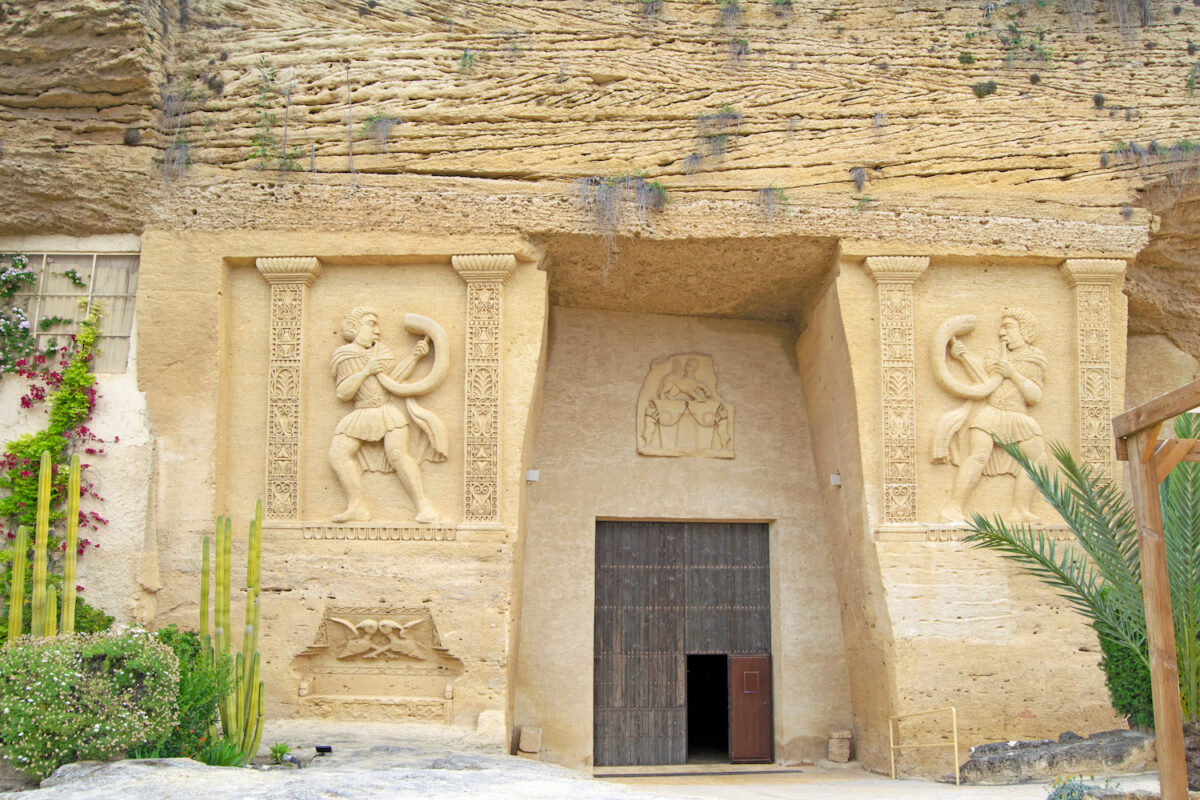
From quarry to cultural complex
Over the course of several thousand years, the mountain of La Cantera has changed beyond recognition – canyons have formed on its slopes and spacious voids have been left in the middle. By the middle of the last century, cutting the sandstone had become unprofitable and the quarry was turned into… a landfill. In 1999, Jesus Ramos, who bought the entire complex, decided to create a cultural space on the site.
The empty mountain gradually becomes a work of art as local sculptor Francisco Valdivia immortalises the symbolism of Iberian culture in its walls. There is a several-metre-high statue of a lion in the quarry, and one of the walls is decorated with a giant bas-relief depicting grape pickers.
In the Smiltainis mine, meanwhile, you will find an exhibition of tools used in the quarries. You can also take a walk and look under the high vaults, and unique events are organised in these spaces – due to the porous structure of the sandstone, no echo is created inside, so the sounds sound very unusual.
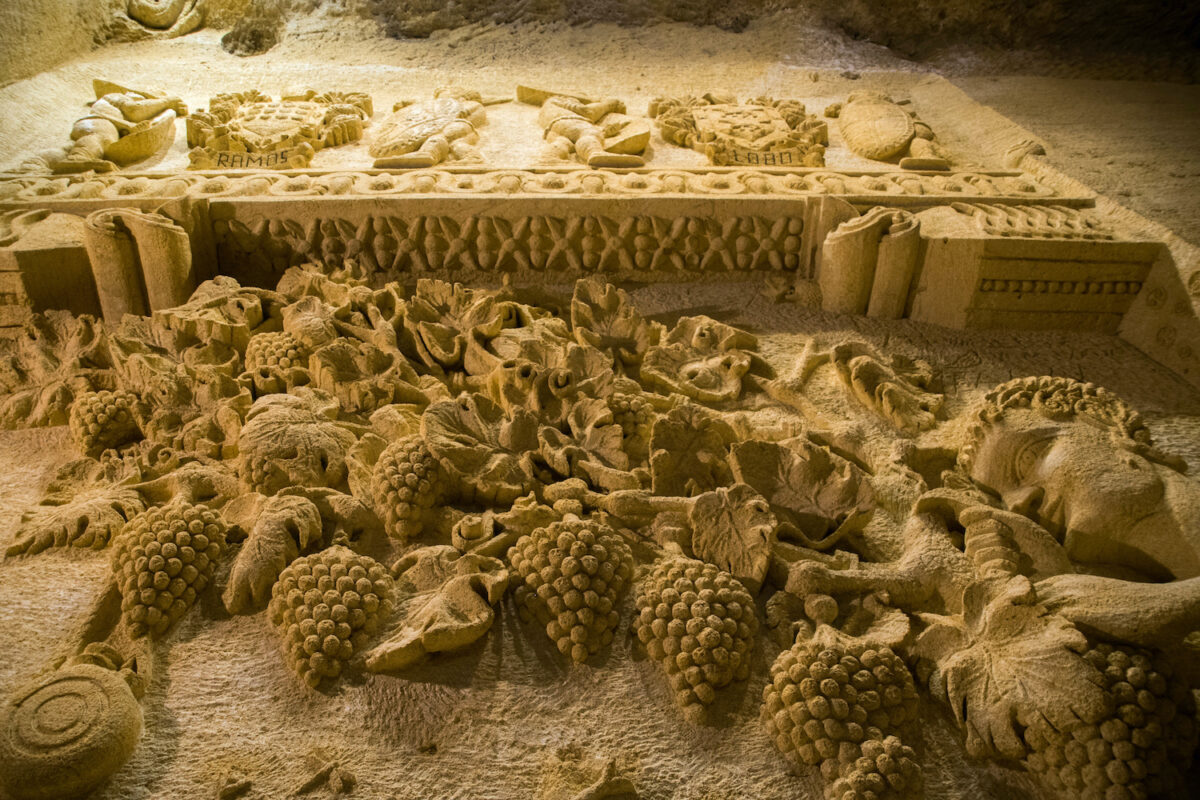
Cross-section of epochs in Osun
For history seekers, the ancient Roman necropolis – located in a picturesque spot – between several caves, one next to the other, is key. What makes this place unique is also the road leading tourists to the remains of antiquity. This is because you have to follow a dirt, scenic road for about 1-2 km.
Anyone visiting the city should also direct their steps to the church and tower of La Merced, located in the square of the same name. The 18th century Baroque-style building is crowned by a tower, built between 1767 and 1775 – designed by Alonso Ruiz de Florindo. A church of particular interest is the Colegiata de Nuestra Señora de la Asunción (Collegiate Church of the Assumption). Today it is a Roman Catholic church, built in the 16th century. It was founded by Count Juan Téllez-Girón.
The interior of the church consists of a nave and two side aisles, five chapels and a presbytery. Lovers of sacred art will be delighted by the interior – richly decorated in Renaissance style. At the heart of the church is the Baroque high altar, built in the 18th century. On the lower level is the Pantheon of Princes, which was built in the Plateresque style in 1545.
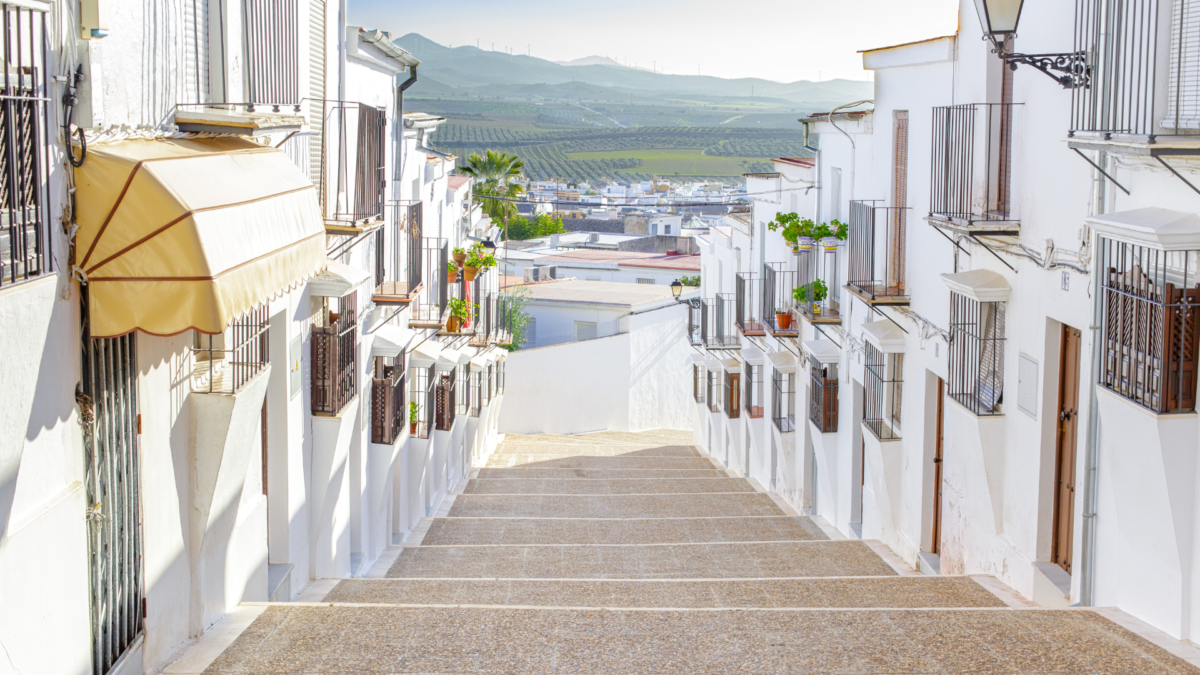
Historic bullfighting arena
What would Spanish culture be without the corrida? In Osuna, too, we find the bullfighting arena, built here more than 120 years ago – in 1904 to be exact – and designed by Aníbal González. The project began in 1902 and was inaugurated on 13 May 1904 with the participation of the famous bullfighters Montes and Chamaquito.
The Arena also includes the Bullfighting Museum, opening in March 2019. Bullfighting Museum, consisting of three different parts: dedicated to the history of the Arena, the history of bullfighting and the culture of bullfighting. The Osuna Arena is today a space used in film and television productions.
The most beautiful street in Europe
In 2023. UNESCO, in a plebiscite held, declared that the most beautiful street in Europe was located in this city! Calle San Pedro is an exceptional example of Andalusian Baroque architecture. It is a long street lined with villas and residences, showing the evolution of this architectural style. The main gem is the Palace of the Marqués de la Gomera, a house decorated with stone gargoyles, winding columns and family crests.
In contrast, the impressive façade of the Hotel Palacio Marqués de La Gomera overlooks a central patio with columns, surrounded by spacious galleries – styled with a combination of wooden panelling and handmade bricks, where an 18th-century chapel is located. The entire space is decorated with 18th century furniture, with a particular focus on two exceptional Baroque mirrors and paintings and sculptures from the early part of the century.
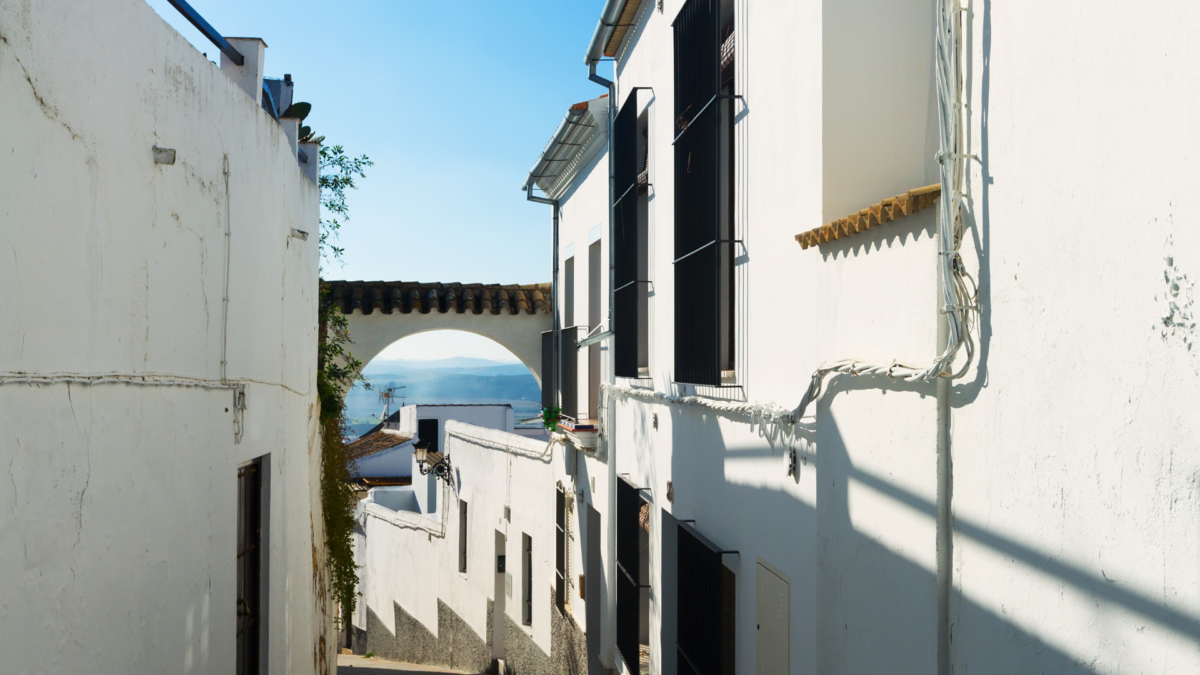
What else to see in Osun?
The history of the town can be discovered on its streets or by visiting the Town Museum. Not only will you learn about the history of Osuna and the community living in the area, but you will also have the chance to step onto the set of a ‘Game of Thrones’ film. The museum curators have decided to dedicate the Fuego y Hielo room to the series production. You can therefore see with your own eyes the exhibits that remain from its making.
Where can you take a commemorative photo? For example, at the Arco de la Pastora. It is located on the former Puerta de Ecija, between Plaza de Cervantes and Calle Alfonso XII. Its origins date back to 1796, as you can read on the inscription above it: “Reigning Don Carlos IV and Doña María Luisa de Borbón. Year MDCCXCVI”. In a distinctly neoclassical style, it stands out for its symmetry and conciseness of forms.
Prominent among the elements that make it up is a large central semi-circular arch that supports the structure, topped by a frieze devoid of decoration. Above the frieze is a majestic triangular-shaped pediment. The pediment features a quadrilateral cartouche with inscriptions. Three pinnacles rise above the pediment, elegantly enclosing the building. It is the only building of its kind still standing in Osun today, making it one of the city’s most representative icons.
Those craving excitement can also visit the Osun Casino, which has a history of more than 160 years. At the heart of the venue is a square patio with a colonnade, a double storey and a gallery. It is open daily and admission to the building is free. Osuna is worth a visit to get a better feel for the climate of Andalusia and to travel back in time a few centuries. The city will delight lovers of architecture, history, art and those who want to get to know the culture of this part of Spain better.

